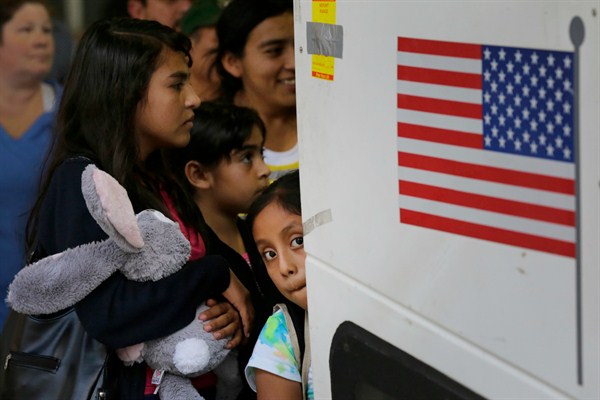In June 2014, headlines sounded the alarm over an influx of unaccompanied minors clandestinely entering the U.S. from Central America. While the story has largely receded from view, the crisis continues.
In recent years, more than 100,000 Central American children have undertaken the perilous 3,000-mile journey to the United States, exposing themselves to extortion, kidnapping, rape and murder along the way. According to U.S. Customs and Border Protection, more than 68,000 unaccompanied minors, ranging in ages from less than 1 to 17 years old, were apprehended at the Southwest border between October 2013 and September 2014. Among them were more than 16,000 children from El Salvador, more than 17,000 from Guatemala, and more than 15,000 from Honduras. The dramatic increase in unaccompanied minors, up from 4,444 apprehensions in fiscal year 2010, included an alarming increase in the number girls as well as of children under age 12.
The causes of the surge of child migration are complex, though many observers have linked the recent increase in unaccompanied minors to gang violence and organized crime in the region. Transnational youth gangs, locally known as “maras,” are known to engage in activities including extortion, kidnapping, drug trafficking, prostitution, murder and possibly human trafficking. Recently, the gangs have increased their presence in schools, threatening and forcibly recruiting students, extorting teachers, and, in the case of Honduras, effectively control some schools.

